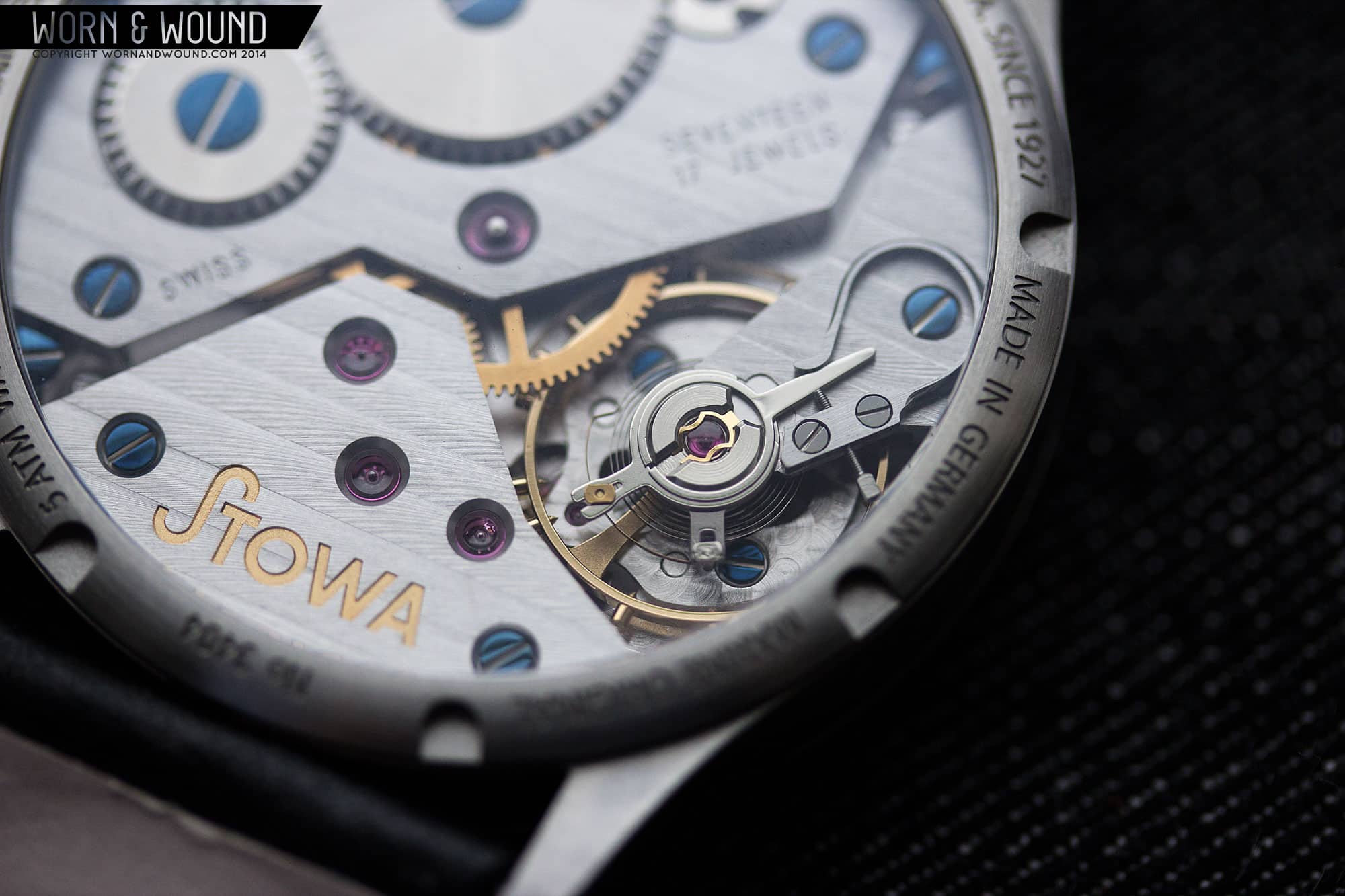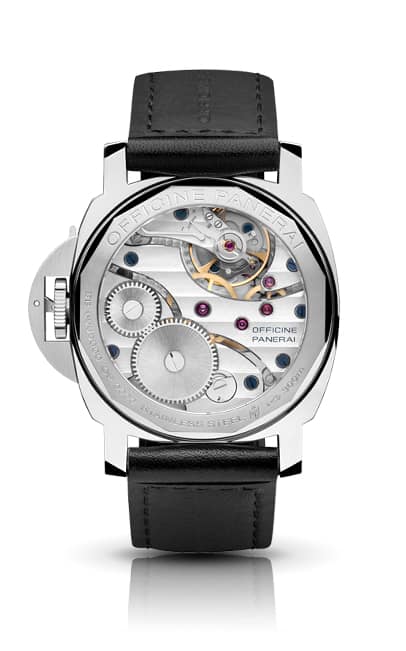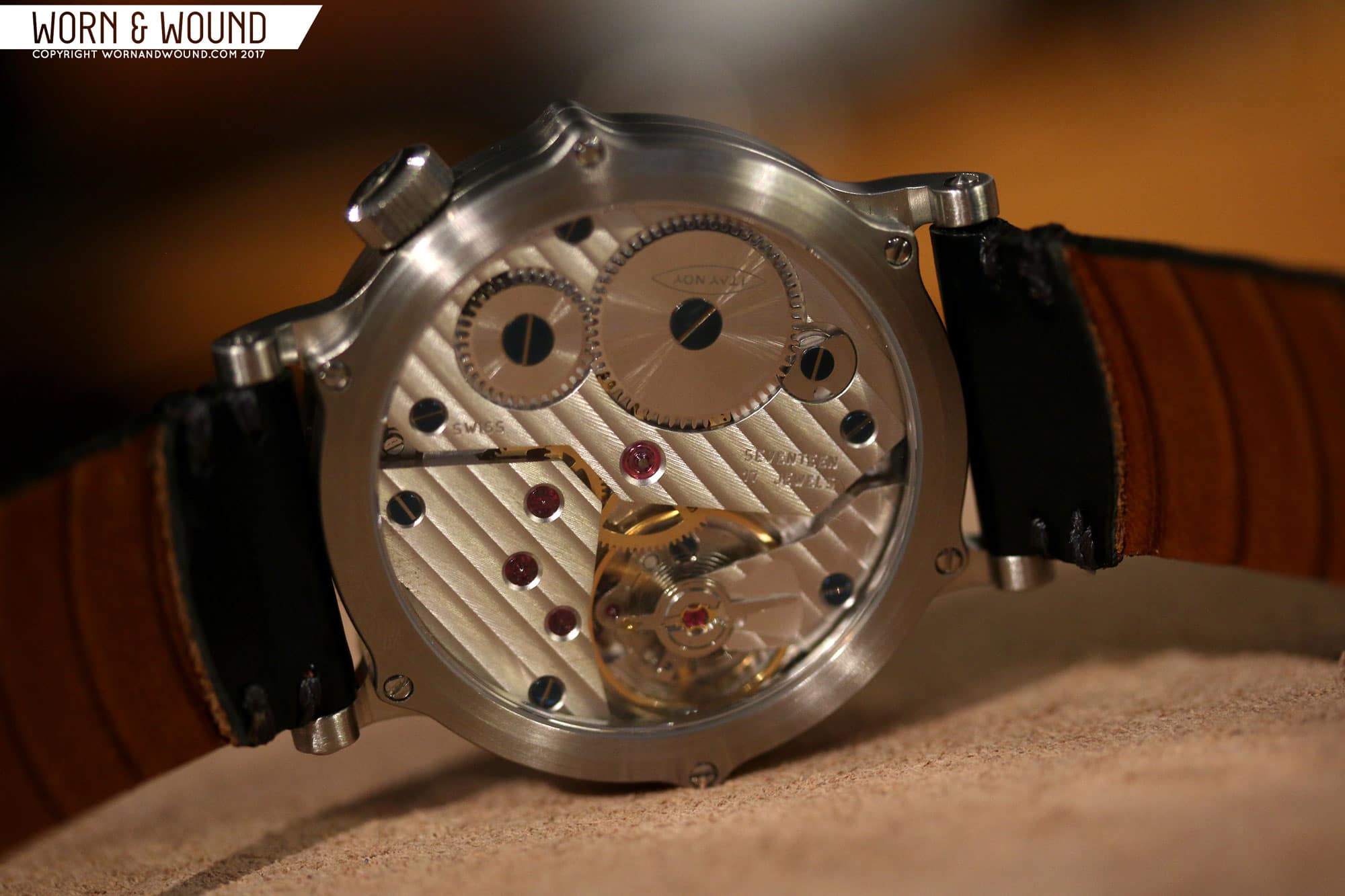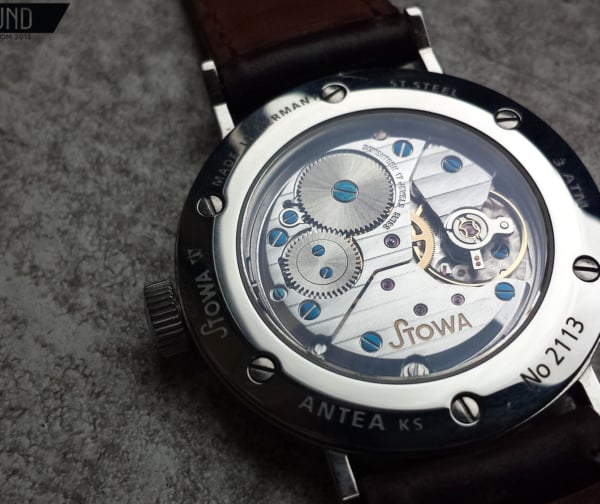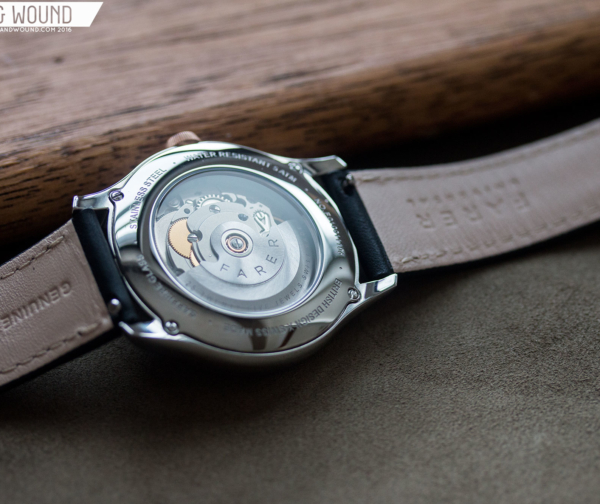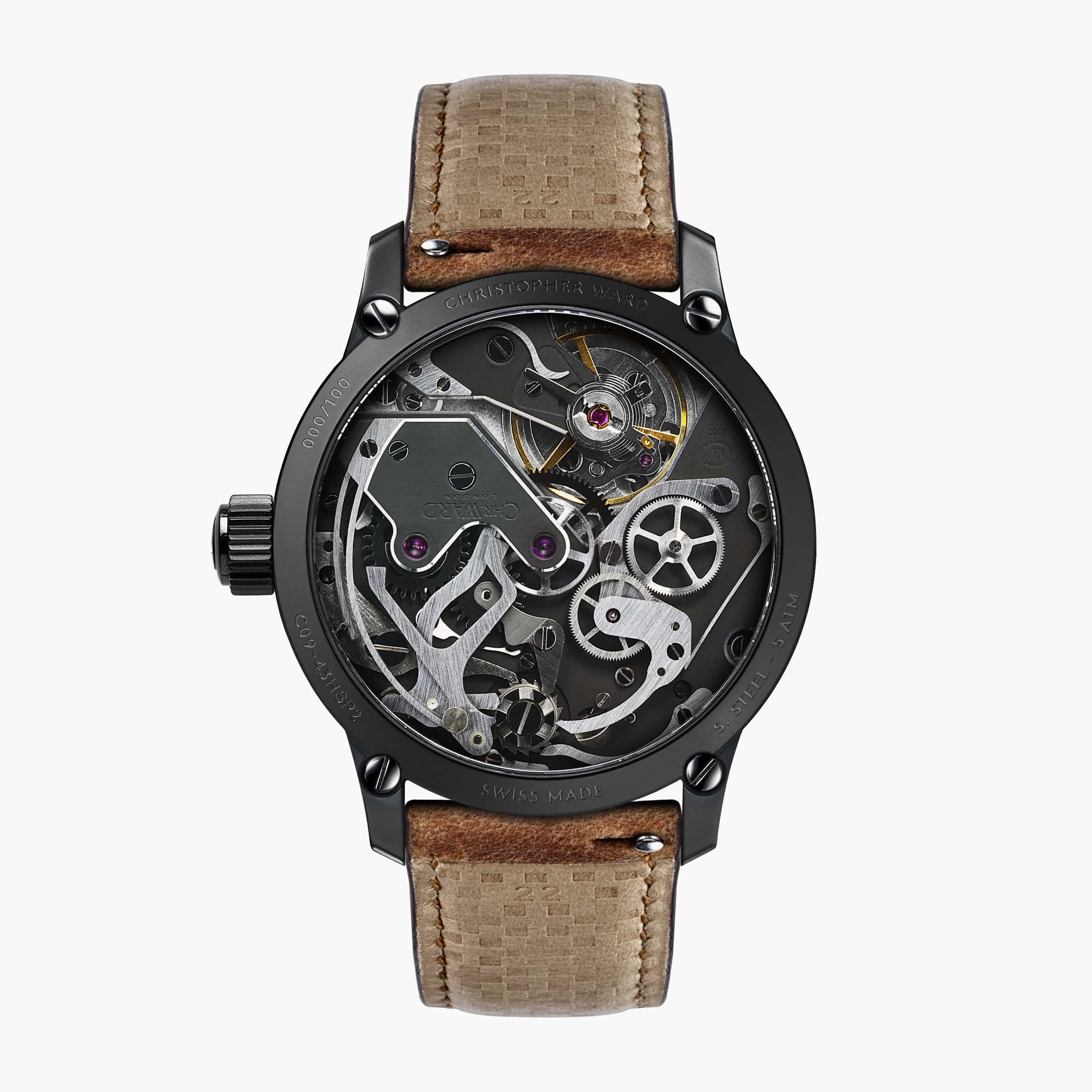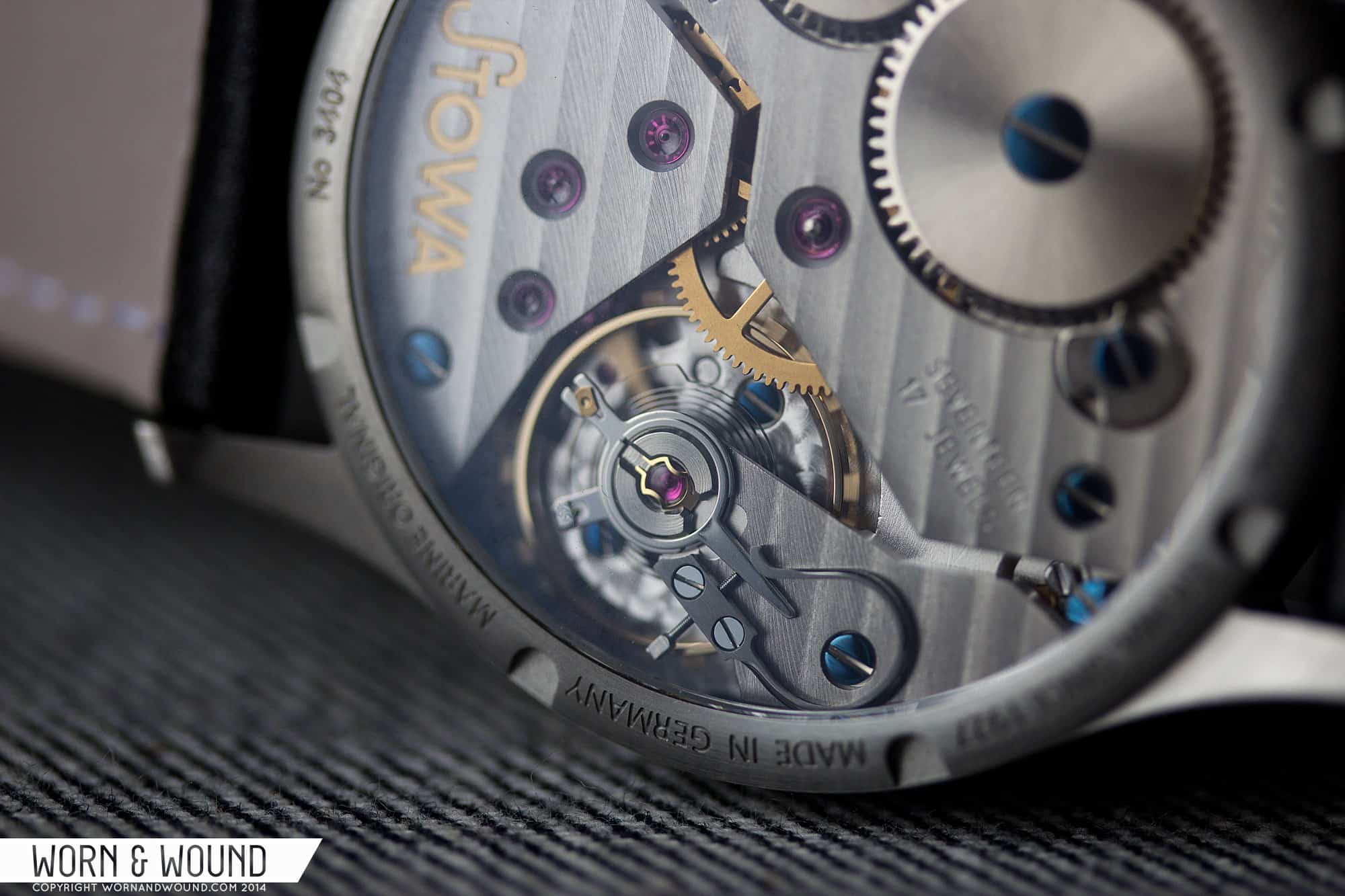In the early 1950s, American-born Jan Wilsgaard designed the Amazon, a car that was to transform the fortunes of Swedish carmaker Volvo. The Amazon provided the genetic heritage that ultimately led in the 1990s to the brutal, boxy, world-beating touring car racer, the 850 T5R estate. On the way, it passed through the smooth, elegant six-cylinder 164 (another of Wilsgaard’s designs), the classic rally-ruling 144 and even the angular, rather worthy hairshirt-special 240.
The Amazon and its progeny were all basic, solid, unbreakable and almost infallibly reliable. They have been known to run for miles on minimal compression, dreadful quality fuel and with half a farmyard in the carbs (the later, injected cars weren’t exactly temperamental either). No matter what, a traditional, Amazon-derived Volvo keeps going. And if there was an equivalent to the multi-faceted, enduring Amazon in Watchworld, it would be—without a doubt—the ETA/Unitas cal. 6497/8.
You’ll find the cal. 6497—functional, undecorated and sound in finest Amazon tradition—in base model Glycines. You’ll see it tuned and tweaked in 123GT-style as Panerai’s OP I, II, X and XI in everything from the PAM111 to the PAM292. And you’ll spot it in lightweight, T5R racing form as the skeletonized, decorated and pimped-to-the-max Maurice Lacroix ML-16. Meanwhile, Michal Molnar and Igor Fabry turn the movement into high art—more Venturi than Volvo—in their Slovakian atelier. It gets around, does the 6497.
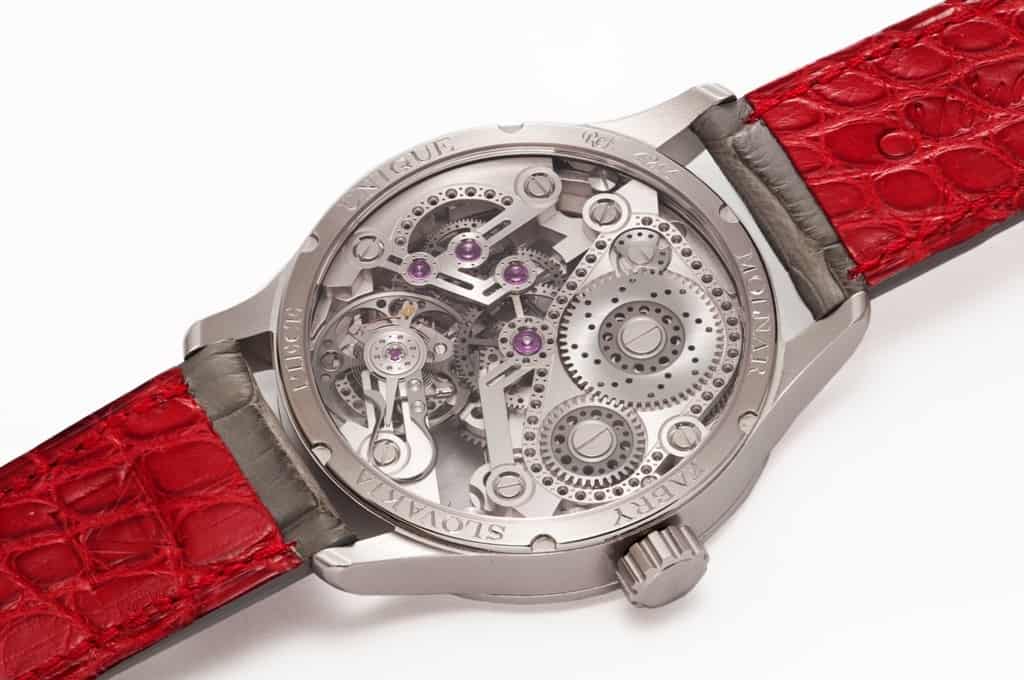









 Featured Videos
Featured Videos




